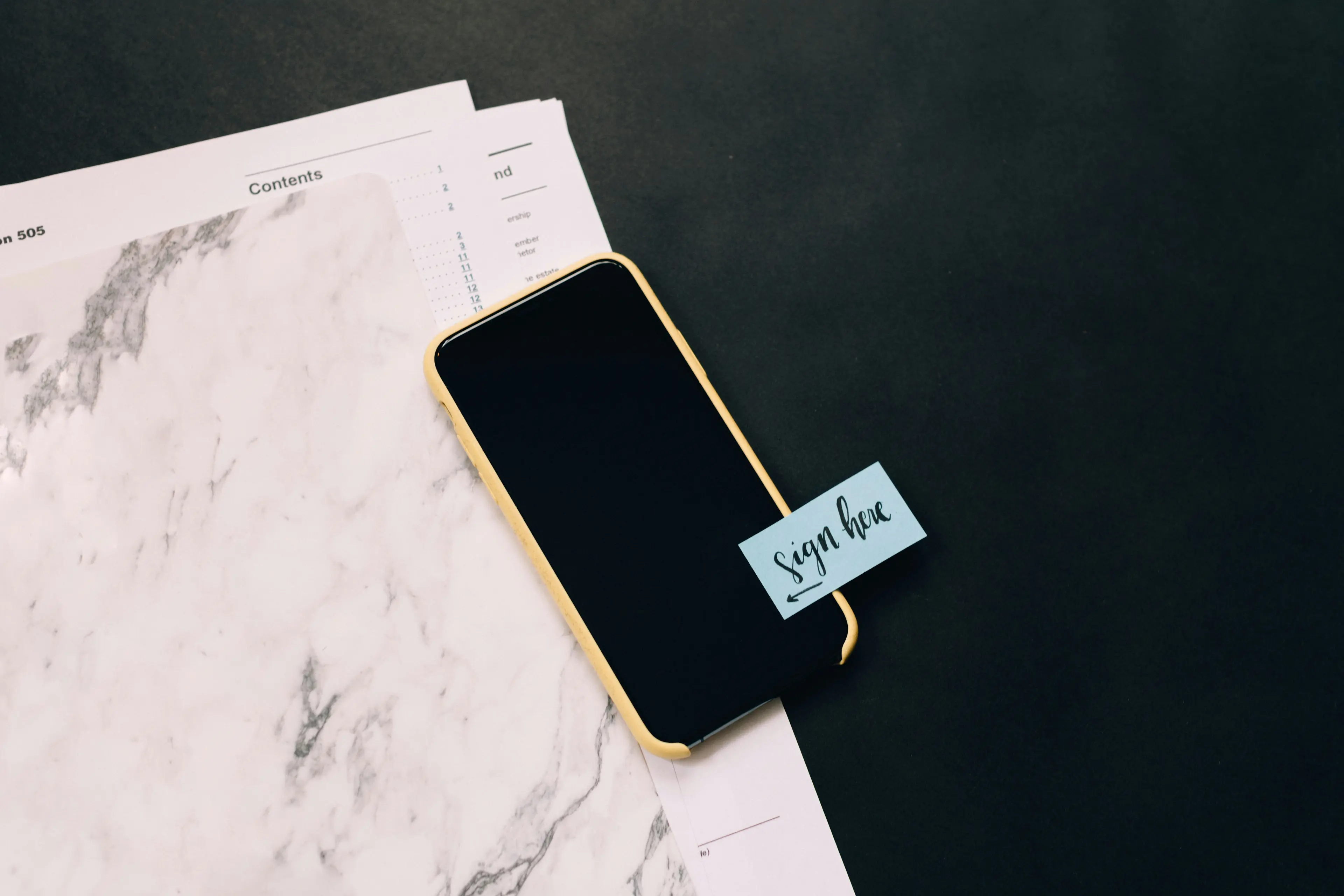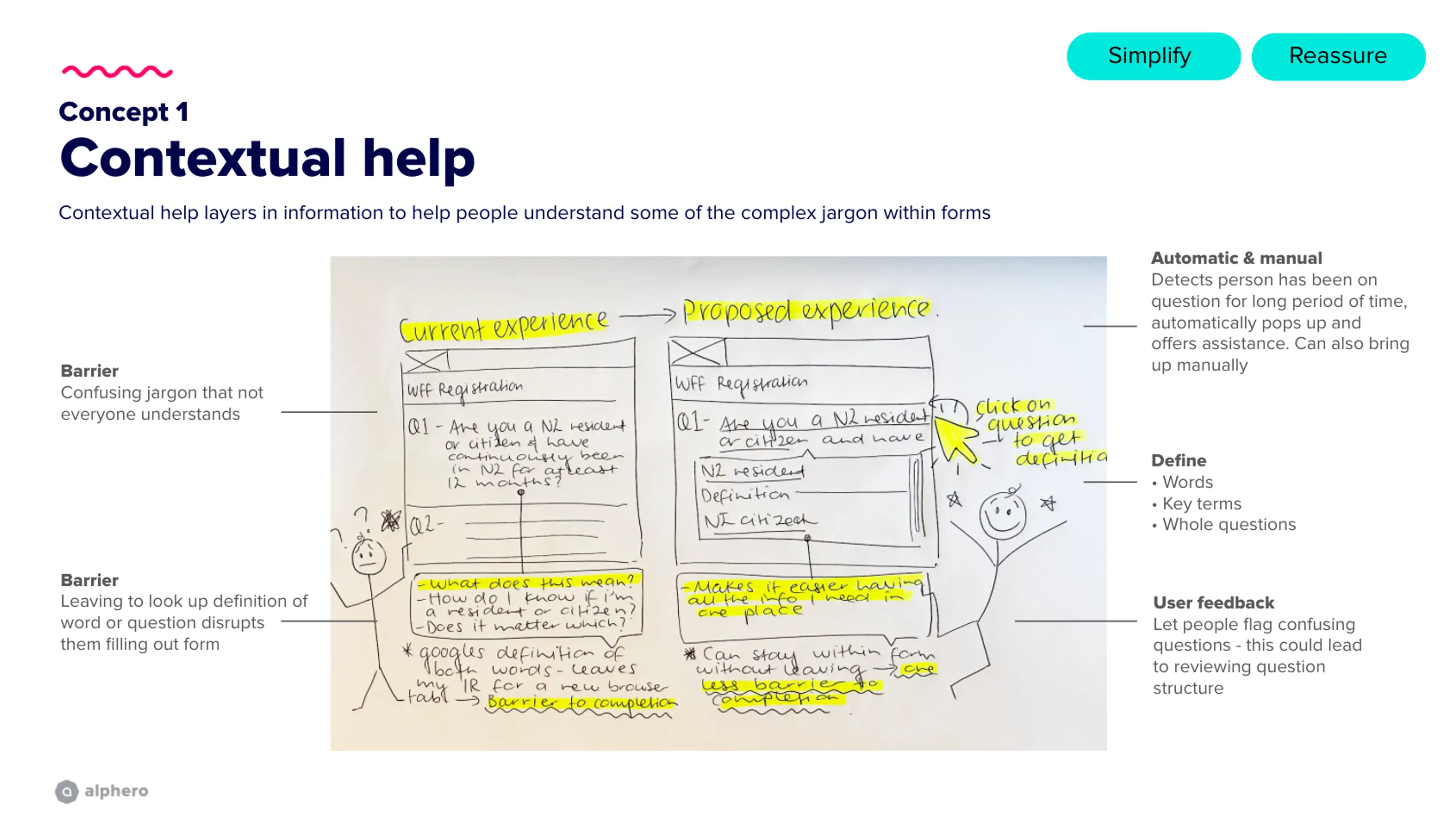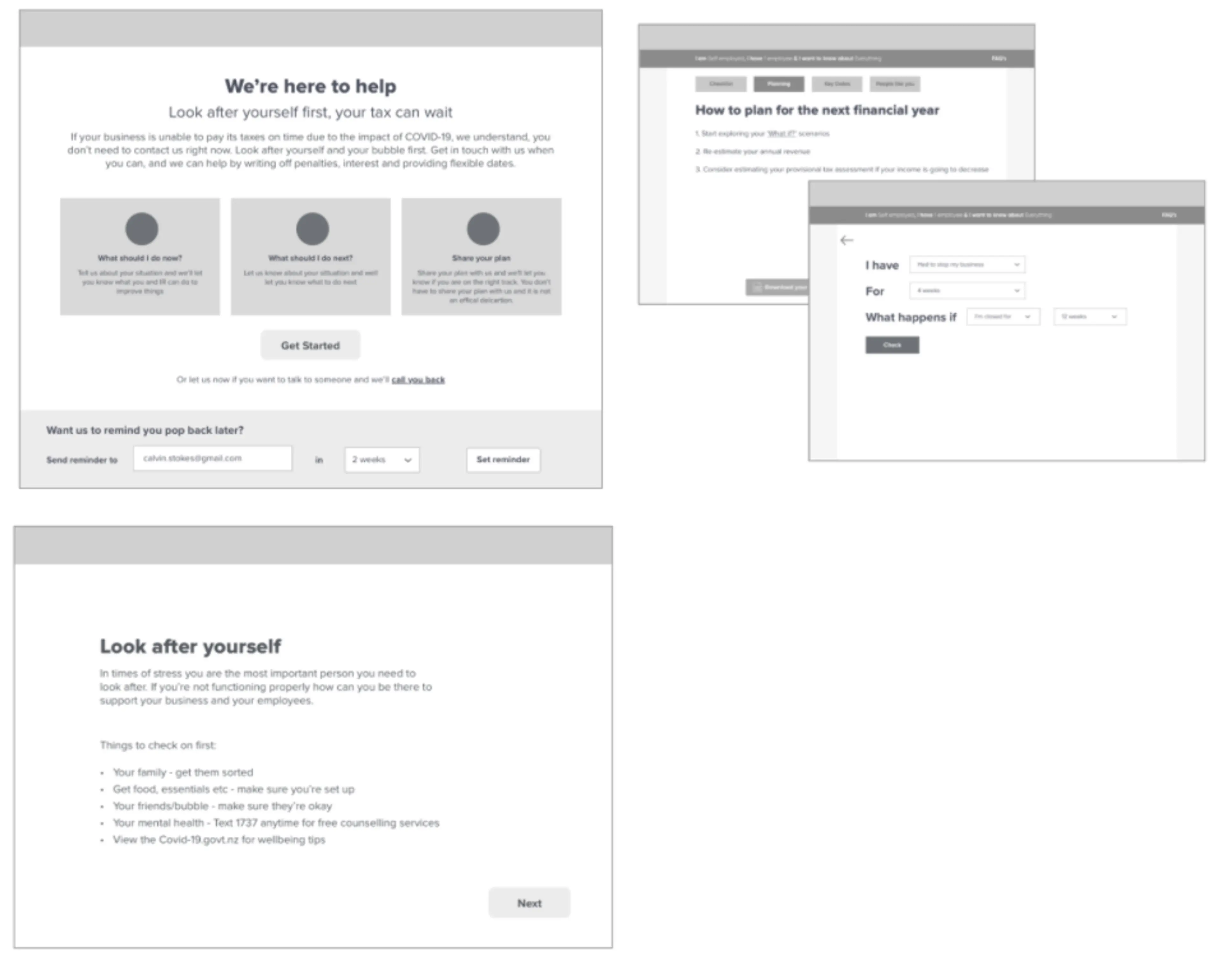Heads up: Our Ideas Factory has been refreshed, levelled up, and grown-up into Alphero Intelligence. Some of our old posts are pretty cool tho'. Check this one out.

- We undertook two #ideasfests with some of Inland Revenue's digital team during lockdown using remote tools.
- How to improve the user experience for MyIR, and the challenge brought up a roadmap of recommendations to a COTS system that presents many historic constraints.
- How might IR help small to medium businesses and sole traders to navigate the support options available during Covid-19.
The team at IR are amongst the most enthusiastic of our Ideas Factory cheerleaders. We had an in-person #ideasfest scheduled prior to lockdown, but New Zealand’s social isolation measures kicked in right as we were about to get started. So, amidst a global pandemic, we fired up our laptops in our living rooms, put ourselves on mute as the kids sang The Wiggles in the background, and ideated using Miro, our online collaboration board of choice.
During the lockdown, IR brought us two challenges.
Both these challenges were brought to us by Daniel Blank (IRD’s Owner for Authenticated Services and Digital Experience). We can’t stress enough how awesome it was having him and his team as an embedded part of the process, rolling with all the ideas on the table and taking the process in its stride. Having them as part of the exercise gave us the perfect balance of keeping things realistic and practical, yet still being able to challenge assumptions and stretch the current view. As we all found our groove working remotely, both ideation exercises were smooth for everyone involved.
For both challenges we held daily catch-ups with the IRD team, discussed the ideas of the previous day, and how we had progressed and built on them. Sometimes ideas would be taken in another direction, we brought in research from other industries and practices that could be of value, then presented back to the team later that day where we discussed tasks and priorities for the next day.
Here’s a little more of what we produced for each.
Challenge #1: Improving MyIR’s user experience
Background
MyIR is a digital self-service channel based on a COTS (commercial off the shelf) platform that wasn’t designed specifically for the New Zealand market and tax system. Early versions of the underlying platform were also fairly prescriptive about IR's ability to modify the COTS standard customer experience. How could we improve the experience and make it easier for customers to understand their current tax position and what actions they need to take.
Best practice review
Before thinking big, we made sure we could provide meaningful feedback on the basics. Due to organic growth and compliance requirements, we identified that MyIR’s interface could use some TLC to adhere to best UX practices, and our focus was on tasks that can be implemented quickly and provide value for users, without the need for big rebuilds. This includes improving search experience, making error messages clearer and more useful to users, and setting expectations about what’s needed and how long it will take early in the user journey.

‘How Might We’ questions
As the system currently has a task and compliance focus, we decided to flip the focus of our ideas onto user experience. So we framed our ideas in three areas:
- Reassure: How might we provide reassurance to customers that they have done the right thing?
- Personalise: How might we make the experience more relevant to a customer’s needs and tax obligations?
- Simplify: How might we simplify the experience of completing a task for customers?
These areas helped us position each idea and describe the value both for IRD and the user.
Creating a roadmap
We were cognisant that changing the underlying processes and systems takes time, and wanted our ideas to support the larger programme for the system too. With that in mind, we used a tier system to help frame our ideas and show how they could come into play as the overall roadmap progresses.
- Tier 1 - Small changes that collectively could make a measurable difference.
- Tier 2 - Bigger ideas that require more effort to design and implement, but could really improve the experience customers have.
- Tier 3 - Blue Sky thinking that isn’t practical to implement right now, but may influence where MyIR goes in the future.
Our final document has about 50 ideas in it: 7 hero concepts that would create a big positive impact on the user experience, a dozen or so from the cutting room floor that could be used to spark change, and several others that can slot in with other IRD initiatives. All of these are organised using the areas and tiers above, to give Product Owners and the IRD digital team a way to pick and choose the appropriate initiative.


Although we can’t change the system’s code directly (as this would require access to MyIR’s code), we came up with an ingenious little trick to showcase some of the ideas. With a Chrome Extension we can inject code that updates the layout and behaviour of a webpage. This tool helped us go beyond designing screens and allowed us to demonstrate some of the recommendations straight away to improve flow and clarity. It can also be used for discussions with stakeholders and subject matter experts to experience some small changes, without having to spin big lengthy projects.
Challenge #2: Helping businesses understand tax concessions through Covid
Businesses were hit by lockdown right as the March-April financial year ended, and IRD understood that things felt confusing at a time when people needed reassurance - especially for small business owners and sole traders that needed to prioritise getting their families and employees covered. IRD wanted us to explore ways of providing information around rules changes and concessions to help small business owners get through things, instead of being worried IRD would penalise them.
After discussing the initial challenges, we got together to brainstorm potential ways of supporting businesses during this time.

After going through the ideation process, we identified that it was important to provide businesses with a way to alleviate the stress, giving them options with the emphasis that they need to look after themselves first.
Our final proposed resource asked users some basic questions in order to provide personalised feedback and checklists, and discussed scenarios for people in similar situations. The main focus was for the resource to provide support and guidance instead of strict rules and deadlines, and give users a sense of reassurance as they went through it.

Quick and useful
Innovation comes in many ways - the new, shiny, voice-activated tax filing powered by quantum processed artificial intelligence systems sounds amazing, but some experts would argue that it isn’t the most realistic idea to pursue. Most of the time, simple does it.
Sometimes people are too close to a problem to realise how some straightforward changes and ideas from other areas can solve a problem in a completely left-field way. The most valuable part of these ideation processes was the ability to develop and propose some simple steps that could create positive change to IRD and ultimately to New Zealanders. All without having to go through layers and layers of red tape and lengthy processes.
Our goal was to give IRD something that could inspire productive conversations and help them shape their roadmap, and we believe the outcomes delivered that.

